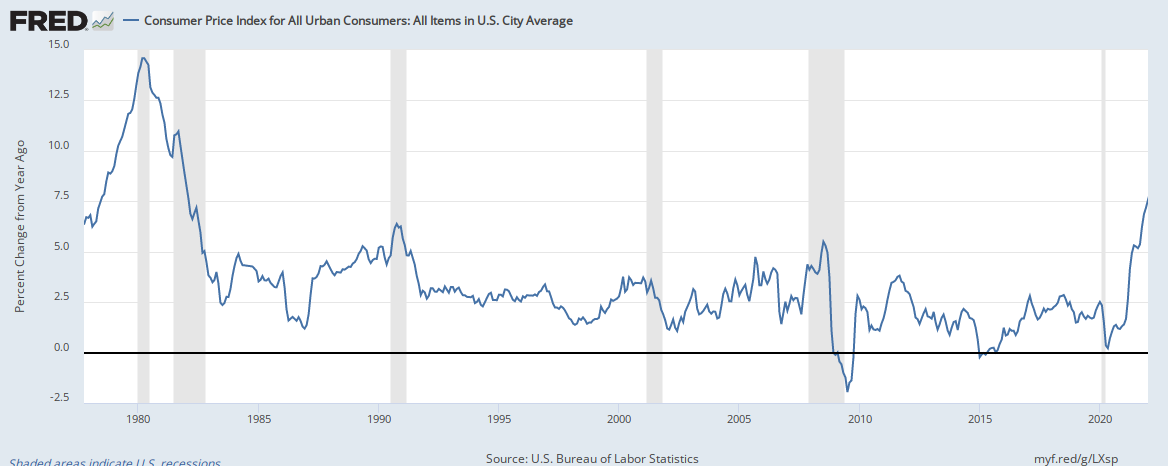Yield curve inversion occurs when short-term rates are higher than the long-term rates. Historically, this has been a predictor of recessions, which it is normally witnessed within a year after the inversion occurs.
Banks typically make money when borrowing money at the short end of the yield-curve and lending at longer end of the curve. In other words, they borrow at a lower rate than what they lend, netting the difference. An inverted yield curve is generally not good news for banks.
At the moment, based on the yield curve rates reported on February 14, 2022, I do not see evidence of an inverted yield curve when measuring the difference between the 30-year rate and the 3-month rate.






